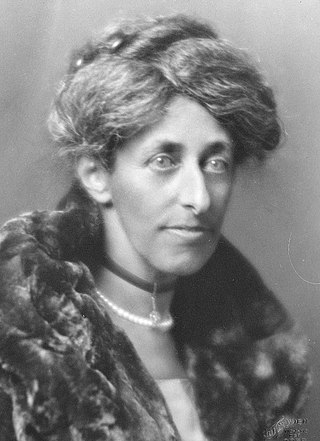
Austrian German, Austrian Standard German (ASG), Standard Austrian German, Austrian High German, or simply just Austrian, is the variety of Standard German written and spoken in Austria and South Tyrol. It has the highest sociolinguistic prestige locally, as it is the variation used in the media and for other formal situations. In less formal situations, Austrians use Bavarian and Alemannic dialects, which are traditionally spoken but rarely written in Austria. It has been standardized with the publishing of the Österreichisches Wörterbuch in 1951.

Carl Friedrich Christian Mohs was a German chemist and mineralogist. He was the creator of the Mohs scale of mineral hardness. Mohs also introduced a classification of the crystal forms in crystal systems independently of Christian Samuel Weiss.

Edmund Glaise-Horstenau was an Austrian Nazi politician who became the last Vice-Chancellor of Austria, appointed by Chancellor Kurt Schuschnigg under pressure from Adolf Hitler, shortly before the 1938 Anschluss.

Lőwy Hevesi Lajos, or Ludwig Hevesi was a Hungarian journalist and writer.
Women have contributed to military activities including as combatants. The following list describes women known to have participated in military actions in the 18th century. For women in warfare in the United States at this time, please see Timeline of women in war in the United States, pre-1945.

Vinzenz Ferrerius Friedrich Freiherr von Bianchi, Duke of Casalanza, was an Austrian Feldmarschallleutnant who notably served during the Napoleonic Wars.

Marie Christiane Eleonore Prochaska was a German female soldier who fought in the Prussian army against Napoleon during the War of the Sixth Coalition.
The Österreichische Freiheitsfront was an antifascist organization created by Austrian and German communist refugees in Brussels and Paris during the Second World War occupation of Belgium and France by Nazi Germany. It took an active part in the Belgian and French Resistance.
The honours system in the Republic of Austria is a means of rewarding individuals' personal achievement, or service to Austria by state decorations and medals.
The Österreichische Militärische Zeitschrift is a bimonthly academic journal for defence matters, covering reports and analyses in the fields of security policy and military science. The journal was established in 1808 by Archduke Charles, Duke of Teschen. Moritz Gomez de Parientos (1744–1810) was the first editor-in-chief. The content is written in German. Some abstracts are available in French and English.

Hieronymus Megiser was a German polymath, linguist and historian.

The German Federal Army was the military arm of the German Confederation from 1815 to 1866 whose purpose was the defence of the Confederation against external enemies. Although the Congress of Vienna in 1815 decreed the formation of the army and delimited its size and purpose, no work on its formation was begun until 1841, after the Rhine crisis brought the threat of war to Germany. Even then, only preliminary work was accomplished on troop readiness. Most work focused on the building of federal fortresses.

Helena of Austria was a co-founder of the Ladies' Convent of Hall, born an archduchess of Austria from the House of Habsburg as the daughter of Ferdinand I, Holy Roman Emperor.

Viktoria Savs served in the Austro-Hungarian Army during the First World War disguised as a man. She was one of two known female soldiers on the Austrian front lines. She served with the knowledge of her superiors, but virtually unrecognized as a woman, on the Dolomite front from 1915 to 1917. After a severe injury in May 1917, she was hospitalized, and her biological sex was discovered, ending her military career. She was awarded several medals for her dedication and bravery. She was known as the "Heroine of the Drei Zinnen."
Heinz Magenheimer is an Austrian military historian known for advancing the discredited theory of a preemptive strike by the Wehrmacht against the Soviet Union.

Ludwig Julius Eisenberg was an Austrian writer and encyclopedist. He wrote a lexicon of stage artists, among other publications.

Franz Ignaz von Holbein was an Austrian playwright and theatre director.
Siglinde Bolbecher was an Austrian historian, exile researcher and poet.

Josefine Winter was an Austrian painter, composer and writer.

Murray G. Hall was a Canadian Germanist and specialist in literature.














